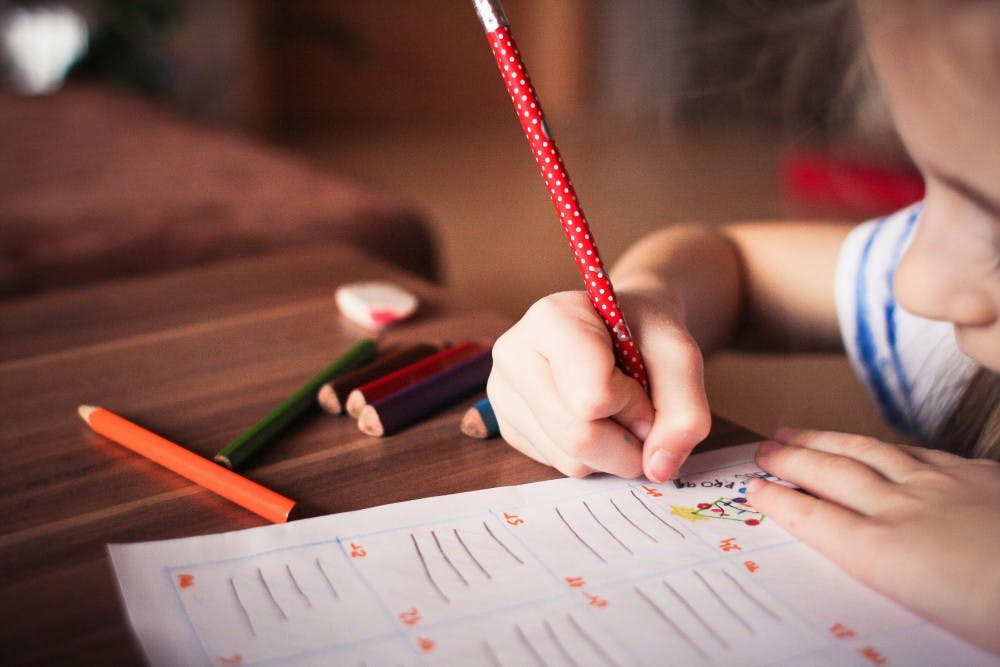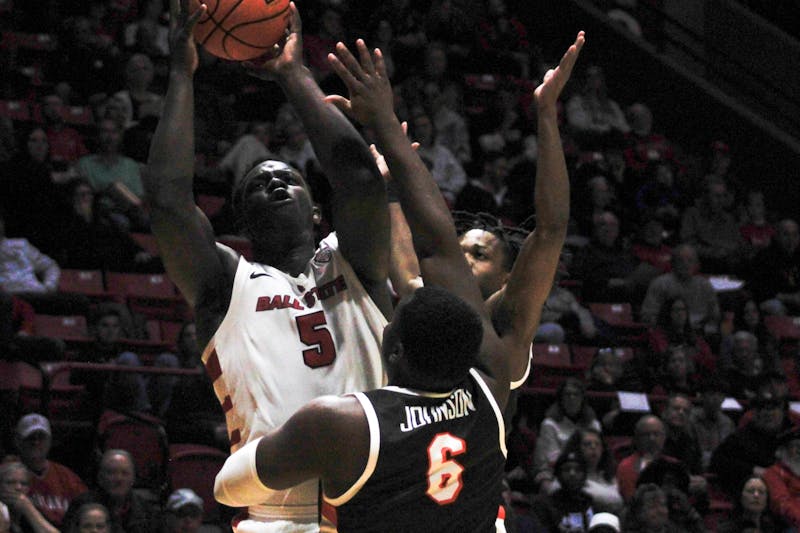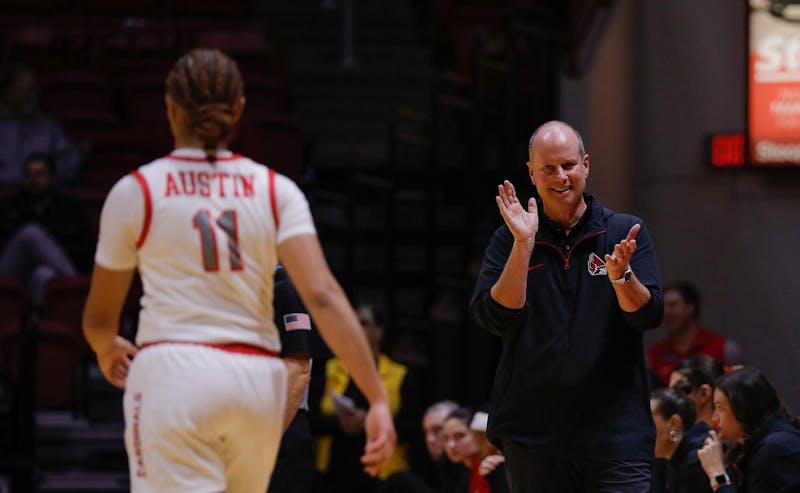Polite.
Accountable.
Willing.
Safe.
These words hang on a poster in Southside Middle School and are just a small part of the Positive Behavior Interventions and Supports (PBIS) program used by Muncie Community Schools (MCS).
PBIS PROGRAM TIERS
TIER ONE
70 to 80% of students
District teaches students classroom expectations.
TIER TWO
5 to 15% of students
Students meet with adult mentors regularly to receive corrective feedback and positive reinforcement.
TIER THREE
1 to 5% of students
Tier two methods haven't worked.
Methods specific to individual students are used.
PBIS is a behavioral intervention program used by the district for almost four and a half years. It’s used in almost 26,000 schools across the country.
“PBIS is really a framework for teaching, modeling and reinforcing positive academic and social behavior in schools,” said Caleb Beasley, PBIS program supervisor at MCS. “I think of it like this: When kids can’t read, well we teach them how to read. When kids struggle to behave in positive ways, we should also be teaching them how to do that.”
Students like structure, said Barrie Bennett, an assistant professor for the department of Curriculum, Teaching, and Learning at the University of Toronto, in an email. Teachers who take time to let students know the expectations spend less time dealing with off-task behavior, Bennett said.
“That said, it’s not the ‘rule’ that solves the problem, it’s the follow-through,” Bennet said. “You can have speed limit signs on the highway, but if they are not enforced, most people will not obey them.”
MCS began using PBIS because the research shows that if positive reinforcement is paired with consequences you’re going to be more effective, Beasley said. MCS was trained by partners at Indiana University and had teams who developed their own PBIS program at each of their schools, Beasley said.
How it works
PBIS is comprised of three different tiers.
Beasley said about 70 to 80 students fall into Tier One — where the district teaches the student the expectations of the classroom and how to behave appropriately.
About 5 to 15 percent of students might need support in Tier Two.
“These are kids who are struggling,” Beasley said.
Beasley said that these students are given an adult mentor who they will check in with throughout the day to get corrective feedback and positive reinforcement.
Tier Three is offered to about 1 to 5 percent of MCS students when Tier Two hasn’t really worked, Besley said. This is where we start using more individualized methods, Beasley said. Some people associate it with special education, but that’s not really what it is.
Sometimes the student might have an undiagnosed disability or maybe the student just needs an individualized approach.
The Daily News requested the statistics regarding the tiers and suspension rates of MCS before and after PBIS was implemented, but Ana Pichardo, communications director for the district, said the district recently changed its informational recording systems, and the information from the old system was not immediately available.
Beasley said significant turnover and school consolidations in the last few years have presented challenges in ensuring the staff understands what PBIS is and MCS’s approach to behavior.
Beasley said he hopes moving forward students' needs will be identified and MCS will be able to address those needs.
“What we really want to see is how can we improve our own knowledge, our own capacity, to meet not only the academic and behavioral needs of students but also the social and emotional needs of students,” Beasley said.
Contact Scott Fleener with comments at jsfleener@bsu.edu or on Twitter @Scott_Reports.





The Daily News welcomes thoughtful discussion on all of our stories, but please keep comments civil and on-topic. Read our full guidelines here.